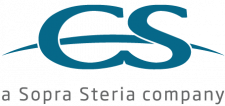Functional Safety for Autonomous Vehicle
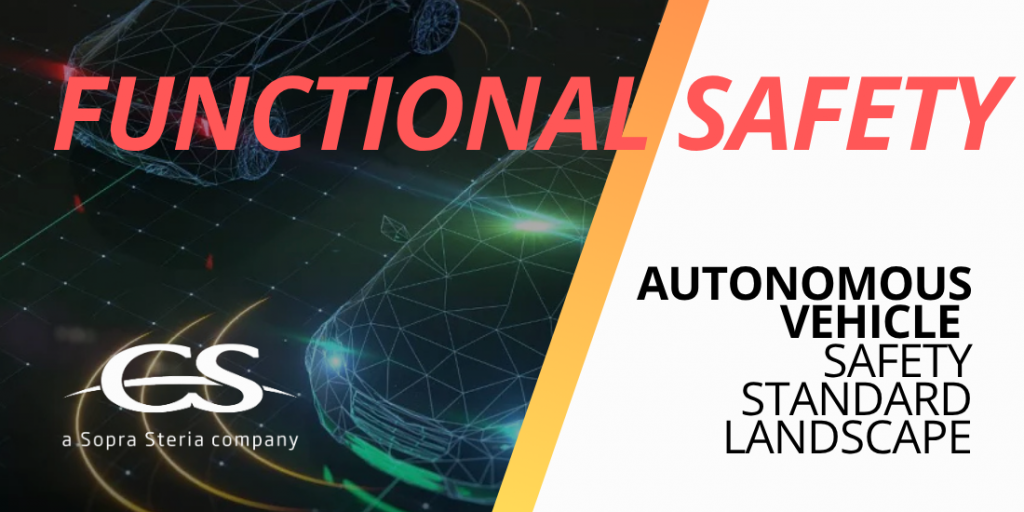
Why Safety for Autonomous Vehicle ?
Widespread Adoption: Autonomous technologies are increasingly utilized in off-road vehicles, with the global market for autonomous off-road equipment projected to reach $1.2 billion by 2027
Enhanced Efficiency: Autonomous off-road vehicles boost productivity by 20%, optimizing tasks like mining and agriculture while prioritizing operator safety.
Safety Critical Designs: Advanced sensors and AI ensure safe navigation in rugged terrains, reducing accident risks by up to 30% compared to traditional vehicles.
Safe and Connected: With rising connectivity, 85% of off-road vehicle manufacturers now integrate safety & cybersecurity protocols to protect autonomous systems from threats.
Safety Standard Landscape
On-road Autonomous Vehicle Safety

ISO 26262
Ensures functional safety in autonomous vehicles by minimizing risks of system failures, ensuring reliable performance, and protecting passengers, pedestrians, and road users in complex driving conditions.
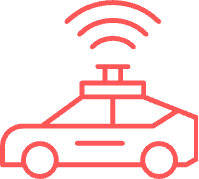
UL 4600
Ensures the safety of AV and systems by addressing the absence of human drivers. It focuses on system-level safety, including sensing, decision-making, and fail-safe behavior in complex real-world environments.

SOTIF
Ensures safety in autonomous vehicles by addressing risks from system limitations and unexpected behavior, enhancing overall safety in unpredictable driving conditions beyond traditional failure prevention.

ISO 8800 - Safety & AI
Addresses safety risks in automotive AI systems, extending ISO 26262 and ISO 21448 to encompass AI-specific challenges like data quality, model robustness, and performance limitations
Cross Industries Standard
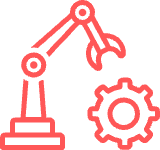
ISO 13849
Ensures the safety of machinery by assessing and mitigating risks in control systems, enabling reliable and safe operation in industrial and automated environments.
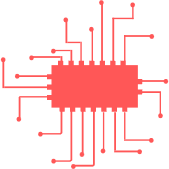
IEC 61508
Ensures functional safety in electrical, electronic, and programmable systems, reducing risks and ensuring reliable performance in critical industrial applications across various sectors.
Construction & Mining Safety Standard

ISO 21815
Ensures communication between autonomous construction machinery, enabling safe and efficient coordination in complex environments, reducing operational risks

ISO 19014
Defines safety requirements for the performance and reliability of control systems in earth-moving machinery. It ensures that safety-related electronic systems operate dependably under harsh conditions.
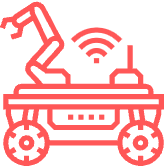
ISO 17757
Sets safety requirements for autonomous / semi-autonomous earth-moving machinery and mining equipment. It addresses system risks, operational reliability, and operator protection.
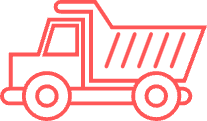
ISO 16001
Ensures safety for autonomous industrial trucks by addressing risks related to navigation, system failures, and interaction with workers, enhancing operational safety in automated warehouse environments.
Agriculture Technology
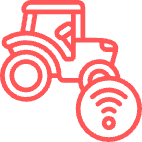
ISO 25119
Ensures functional safety in autonomous agricultural vehicles, focusing on preventing system failures and minimizing risks during operation, enhancing safety in complex farming environments.

ISO 18497
Ensures safety in autonomous agricultural machines by addressing hazards in complex farm environments, focusing on obstacle detection and safe operation without human intervention.
CS Group - Your partner in Autonomous System Safety
- Trusted partner of global leaders in Autonomous Vehicle on and off the road
- Specialists in AV, ADAS, System & Software Engineering with fail-safe technologies
- Proven track record in ISO 26262, SOTIF, ISO 21434, ISO 13849 and more…
- Data & AI scientist powering next-gen autonomous systems
